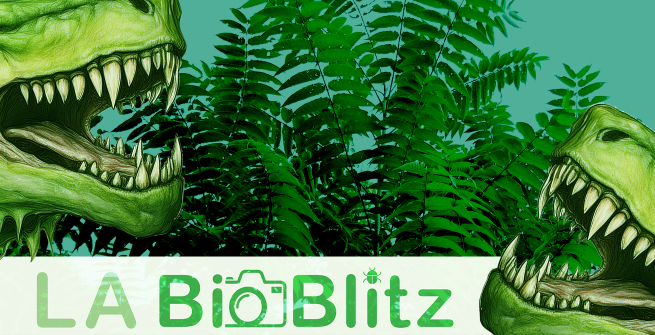Imagine taking a leisurely stroll through Los Angeles's natural landscapes, where the native wildlife thrives and the local vegetation flourishes. Now, picture a group of uninvited guests crashing the party. These aren't your typical party crashers; they are invasive species notorious for wreaking havoc in their new environments.
How Did They Get Here?
Aside from the pollinators in the wild and the wind, these crafty invaders travel from afar, hitching rides on everything from shipping containers, the soles of our shoes, and tourists' luggage to the innocent-looking ornamental plants imported for our gardens. They come from distant lands with no predators in their new LA homes, ready to spread their rule over the native flora and fauna.
The Top Nine Culprits
Drawing on resources like UCLA's Atlas of Biodiversity, we've identified some key invasive plants that are currently throwing a big ruckus in our ecosystems. You can also find more information about them on LAPL's BioBlitz Challenge site.
- Giant Reed (Arundo donax): Hogging water like a guest who won't leave the punch bowl, this plant also turns serene riverbanks into tinderboxes.
- Tree of Heaven (Ailanthus altissima): It might sound divine, but it plays dirty by poisoning nearby plants to secure its spot in the sun.
- Black Mustard (Brassica nigra): This isn't the kind of mustard you put on your hot dog; it spreads and outcompetes our native plants.
- Fountain Grass (Pennisetum setaceum): With its feathery plumes, it might charm your socks off, but don't be fooled; it's a huge fire hazard in disguise.
- Yellow StarThistle (Centaurea solstitialis): It's the thorn in the side of our open grasslands, choking out the locals.
- French Broom (Genista monspessulana): Fast growing and difficult to get rid of, this invasive can seriously damage our grasslands and forests.
- Tamarisk or Saltcedar (Tamarix spp.): These thirsty tyrants drink up our precious water supplies and salt the earth as they go.
- Castor Bean (Ricinus communis): Beware of its seeds, which are as toxic to humans as its invasive intentions.
- Tree Tobacco (Nicotiana glauca): This tree spreads along roads and streams, hurting the native biodiversity found there.
What Can We Do?
Fret not! There's hope on the horizon. By choosing native plants for our gardens, reporting sightings of these invaders, and supporting local conservation efforts, we can help protect the diverse ecosystems of our beloved Los Angeles. Together, let's show these party crashers that it's time to respect the natives and maybe find their way back home.
So next time you see a suspicious plant or animal making itself a little too comfortable, remember: you have the power to help keep LA wild and wonderful. Let's keep our story one of coexistence, not conquest!
—This article was co-written with Lily Carlson. Lily is an Environmental Specialist with the City of Los Angeles in LA Sanitation and Environment (LASAN). She leads LASAN's biodiversity and healthy soils programs and received her B.S. in ecology from UCLA.
